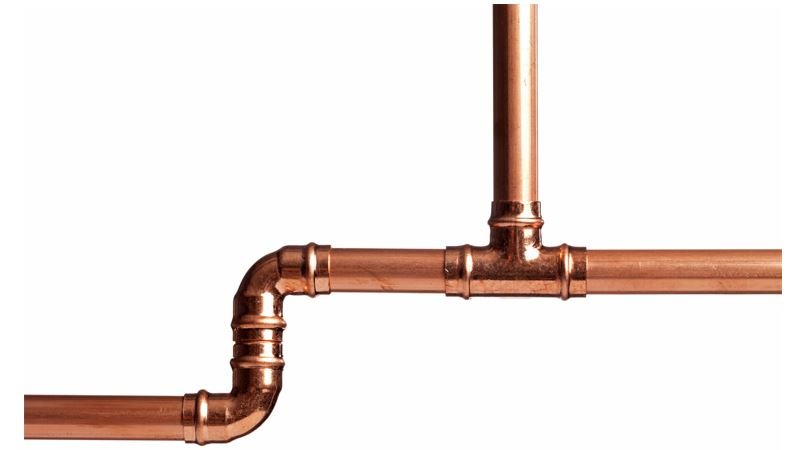Compression fittings are an essential part of water distribution and irrigation systems. They prevent pipes from leaking and help create pressure so that water flows through the system efficiently. If you want to know more about compression fittings, this article will explain compression fitting, how it works, and how professional plumbers can help with compression fitting.
What is Compression Fitting?
Compression fittings are devices designed to protect without damaging the piping system. They work by reducing the range of movement in the joints between pipes so that pipes are less likely to leak or burst. Compression fittings have been used for thousands of years, and they have been updated over time to improve their performance and make them easier to install.
How Does Compression Fitting Work?
Compression fittings are relatively simple devices, but they have a complex mechanism that is more effective than standard joints. The top half of a compression fitting has small holes to cover the pipe threads. The threaded end of the pipe is forced over the bottom half and compressed by a specially designed clamping ring through which water pressure builds.
The pressure within the pipe pushes outward, backing up against the compression ring and preventing leaks into the surrounding area. The pressure created by it forces surrounding water from the outside of the pipe to the inside. It then increases pressure and reduces water flow in the pipe. Water flow inside pipes is reduced towards a maximum value called pipe capacity, which is exactly what a compression fitting was designed to achieve.
The maximum pipe capacity that it’s forced to withstand depends on the pressure applied by the compression fitting and other factors. The tighter you make a compression fitting, the lower its maximum strength because it can’t expand enough.
A compression fitting works so well because of its special design. The bottom half of the fitting has small holes, allowing water to enter and providing pressure for easier flow. The outlets are larger than the pipes so that this pressure can also be released as needed to increase flow.
How to Install a Compression Fitting?
Unlike standard fittings where you screw the pipe into place, a compression fitting is made to be easier to install. The two halves of the fitting are held together with a special clamping ring with grooves. These grooves line up with the pipe threads and push against both fitting parts when pressure is applied, making installation much easier.
One important consideration when installing a compression fitting is the pressure applied by the clamping ring. The force applied by the clamping ring should be high enough to create a large amount of pressure from inside the pipe so that it will not leak.
Why Hire a Plumber for a Compression Fitting?
Compression fittings are much more rigid to install than standard fittings like elbows, couplers, and tees. The fitting uses special clamps that fit against the pipe to create pressure in the pipes. This pressure can cause a lot of damage if it is not used properly, potentially causing more problems than it solves.
If you have no idea how much pressure to apply, you can get a lot of problems later on, like leaks and burst pipes. A good plumber knows how much pressure to use because they have years of experience. They will apply the proper amount of pressure to get maximum protection.
A compression fitting is a pipe fitting that allows pressure to build up in the pipe. When installed properly, it deflects water away from the pipe and creates a water flow in the pipes. Knowing what compression fittings are, you can understand any issues that can arise with pipes. Considering what all goes into installation, looking into having a professional plumber handle things would be in your best interest for a job well done. Better to be safe than sorry, and be rest assured instead.


